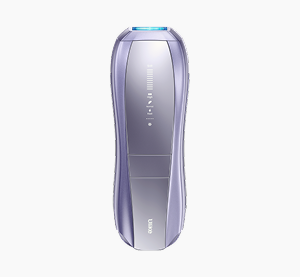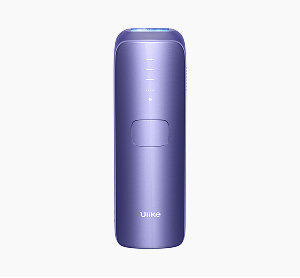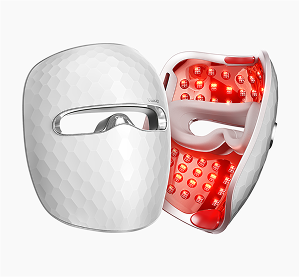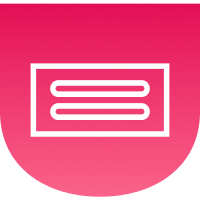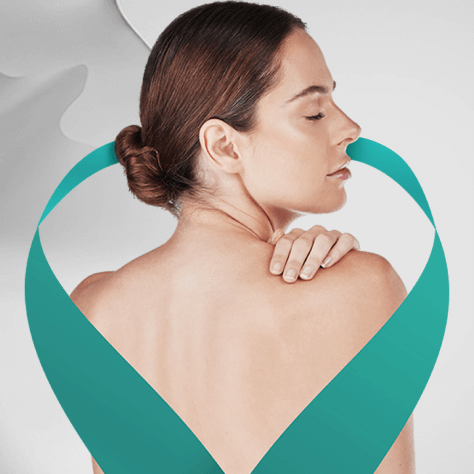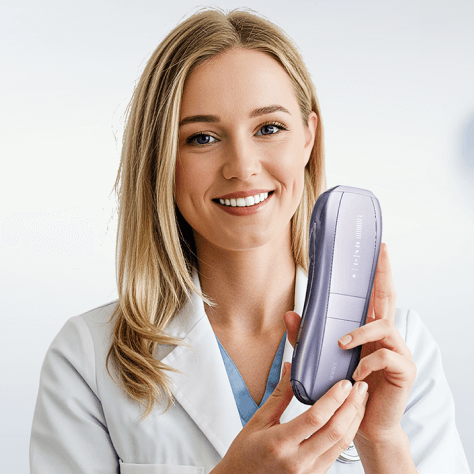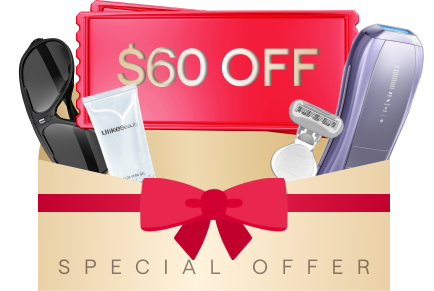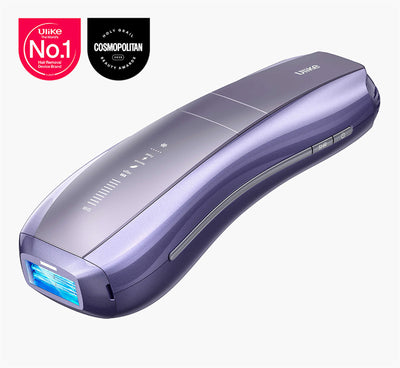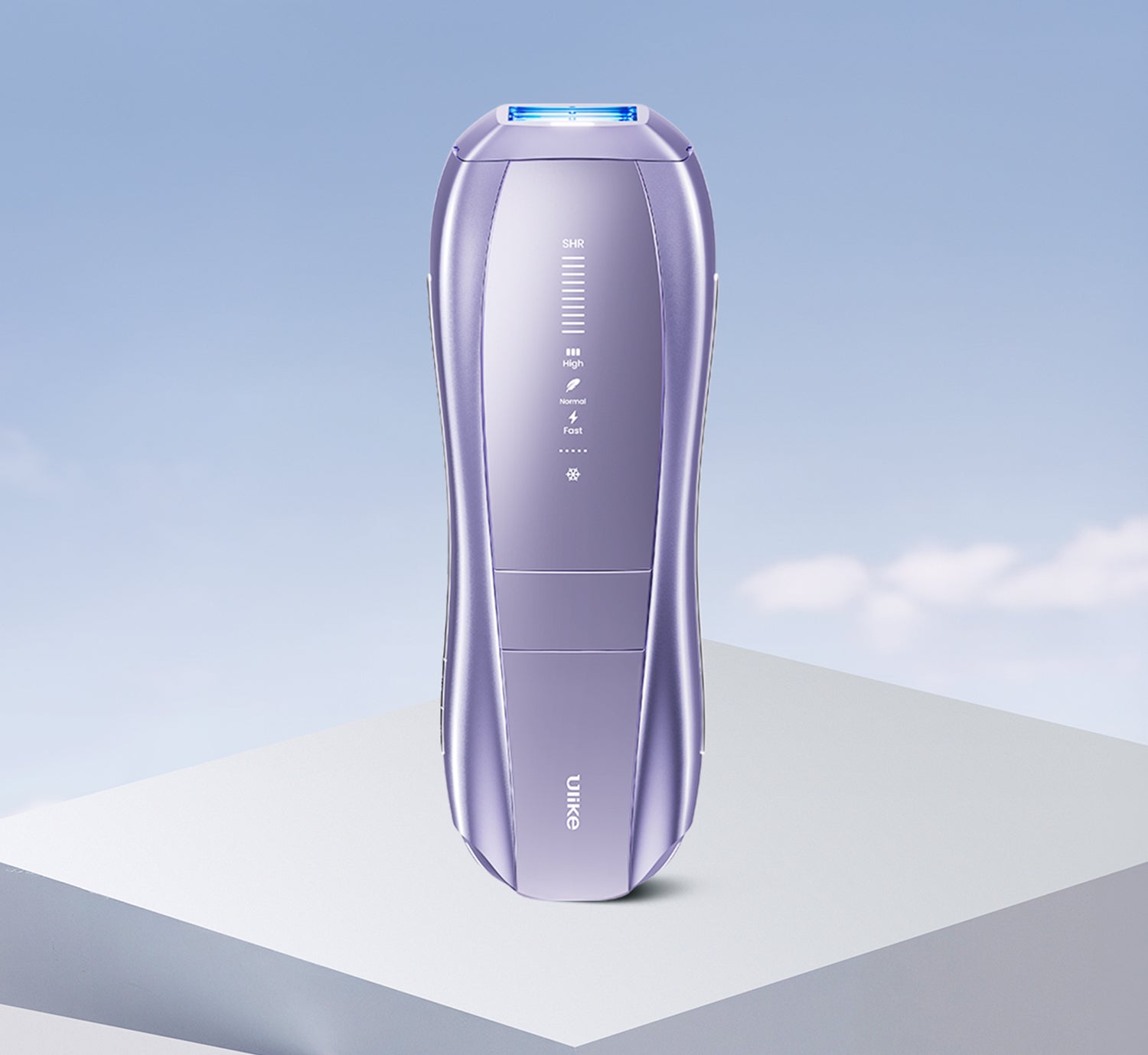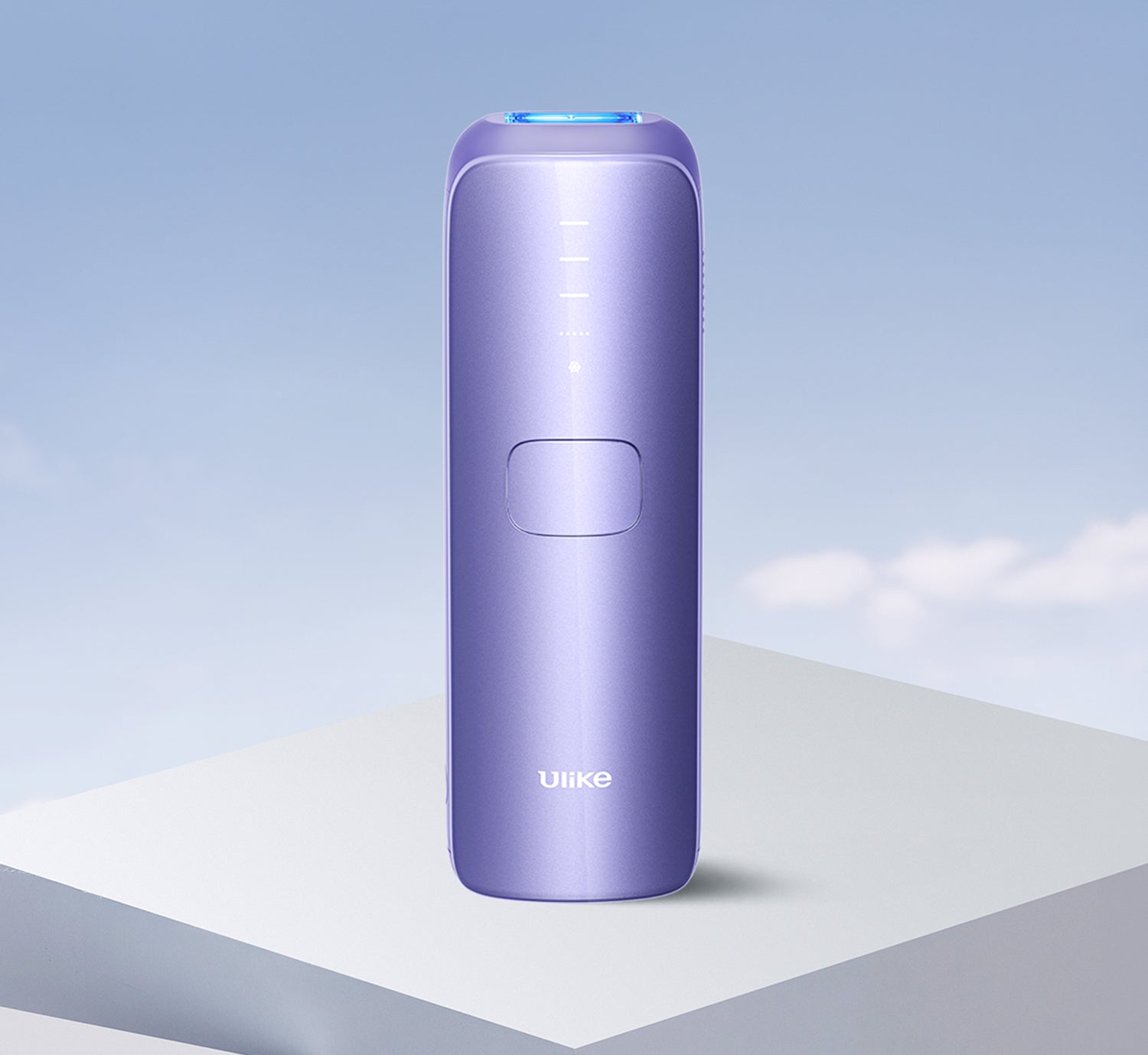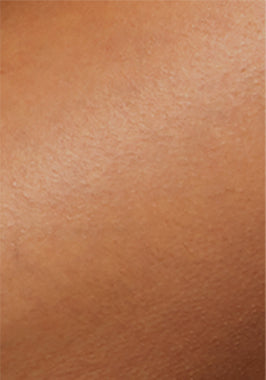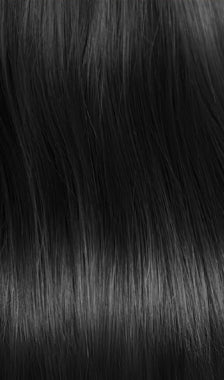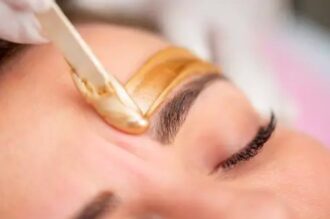
What is Sugaring Hair Removal? 7 Things to Know Before You Go Ahead
When you first heard about sugaring hair removal, did you think you would add sugar to your skin? If yes, you aren’t alone. The term can be misleading, especially when it’s not as if you are trying to prepare a cup of coffee or sweeten a lemonade. How can sugar remove your unwanted body hair? And what type of sugar are we even talking about? Granulated sugar or honey?
There’s surely a lot to clarify with this agelong traditional hair removal procedure. But before we delve into it deeply, let’s begin by setting the records straight.
Sugaring hair removal is an ancient technique that has gained popularity for its natural ingredients and effectiveness.
Sugaring hair removal utilizes a paste made from sugar, water, and lemon juice, making it a natural option that may appeal to those looking for eco-friendly beauty treatments.
This technique is often seen as a gentler alternative to traditional waxing, appealing to those who prefer natural beauty solutions.
This method is known for being less irritating to the skin, which can be particularly beneficial for individuals with sensitive skin.
Table of Contents:
- Part 1: What is Sugaring Hair Removal?
- Part 2: Sugaring vs. Waxing: Are The Two The Same?
- Part 3: Is Sugaring Really Painful? If So, How Painful is It?
- Part 4: What Body Parts Can You Use Sugaring On?
- Part 5: What Are The Benefits of Sugaring Hair Removal?
- Part 6: What Are the After-Effects?
- Part 7: Who Else Shouldn’t Do Sugaring Hair Removal?
- Part 8: What Should I Do Before My Appointment?
- Part 9: What Happens During a Sugaring Session?
- Part 10: What Are You Advised to Do After Sugaring?
- Part 11: How Long Does Sugar Hair Removal Method Last?
- Part 12: Wrapping-up
Understanding the benefits of sugaring can help you decide if it's the right hair removal method for your needs.
These benefits may include longer-lasting results, less irritation, and a more natural approach to hair removal compared to traditional methods.
Knowing who should avoid sugaring is essential for ensuring safe and effective hair removal experiences.
Identifying individuals who should avoid sugaring, such as those with certain skin conditions or sensitivities, is crucial for achieving optimal results.
Understanding the process of a sugaring session can help set expectations and alleviate any concerns you may have.
Gaining insight into what occurs during a sugaring session can help you feel more comfortable and informed about the experience.
Post-sugaring care is important; following the right advice can enhance results and minimize discomfort.
After your sugaring session, proper aftercare can significantly improve skin recovery and comfort, ensuring you enjoy the best results.
Consider using a gentle moisturizer to soothe the skin after sugaring, as it helps to maintain hydration and prevent irritation.
The longevity of results can vary, but generally, the sugaring method may last longer than shaving due to hair removal from the root.
The duration of results can be influenced by individual hair growth cycles, so results may vary from person to person.
The effectiveness of the sugaring method can be attributed to its ability to remove hair from the root, which may result in smoother skin for a longer period compared to other methods.
Regular sugaring can lead to finer hair regrowth over time, contributing to a more effective hair removal experience with continued use.
In the conclusion, it’s essential to summarize key points to reinforce your understanding of sugaring hair removal.
Reflecting on the benefits and techniques of sugaring can provide valuable insights, ensuring you feel confident in your hair removal choice.
Summarizing the key points can help solidify your knowledge of the sugaring process, making you feel more confident in your hair removal choices.
What is Sugaring Hair Removal?

Classified among the temporary hair removal techniques, sugaring removes hair by pulling it from its roots. The paste or ‘sugar’ is a blend of water, sugar, and lime thoroughly heated to form a viscous, often dark substance that solidifies upon cooling.
With this method, you will apply the paste to the hair when it’s still hot, wait for it to cool, and then pull it off when it dries. The sugar is usually applied in the opposite direction of the hair growth but pulled off or removed in the same direction as hair growth. What happens is that the sugar paste adheres to your hair and helps to hold each strand as you uproot it from the follicle.
Given that the removal goes deep into the skin, you can take up to a month’s break from your objectionable body hair with this approach. Also, you will notice that the ingredients are directly from nature with no manipulation. As such, it’s healthy and not likely to cause any side effects if used correctly.
Is Sugaring A Recent Hair Removal Method?
Many sources point to Egypt as the first country to invent sugaring hair removal. Years later, Greece bought into the phenomenon, and both countries helped popularize this body-grooming procedure. This method has existed as far back as 1900 BC, with honey being the sugar source believed to have been first used.
Therefore, sugaring is not in the same class as IPL and electrolysis, which were recently discovered. People have been using it for a long time to get rid of body hair. It’s now more popular because of the advocacy for eco-friendly practices even as the world grapples with the pains of climate change.
Sugaring vs. Waxing: Are The Two The Same?
Sugaring and waxing are somewhat similar, but there are some differences in their usage methods, tools involved, and results. While both involve pulling hairs from their roots, you need a waxing strip or paste to carry out waxing. The strips are not necessarily made of sugar, and during a waxing session, the hair is removed from the root in a direction opposite to hair growth after the mixture has been applied.
But with sugaring, the paste is applied opposite to hair growth and pulled out gently and quickly in the direction of hair growth. Also, there is no need for strips with sugaring, as the only thing required is the sugar and lemon paste.
Since waxing involves pulling out the hair in one direction, the strands may cut halfway, leading to ingrown hair. Besides, waxing is strictly on the skin and may cause damage, but sugaring is different because the sugar does not touch the skin, minimizing the pain or side effects that might come from manually pulling hairs from their roots.
Is Sugaring Really Painful? If So, How Painful is It?

Nearly all hair removal methods come with some degree of discomfort, sugaring not being an exemption. Because sugaring involves manually uprooting hairs from their roots, you will feel some tingling or painful aftermath, which can involve swelling or redness.
While some discomfort is expected, many find that the pain is manageable and often less intense than other hair removal methods.
Understanding the pain level of sugaring can help you prepare mentally and physically for the experience.
Preparation can include considering pain relief options or scheduling your appointment during times when you feel most relaxed.
What many people do to alleviate this discomfort is to take painkillers like acetaminophen or ibuprofen 15 minutes before their treatment time. Some others use topical analgesics to reduce the pain. Whichever way, there is no denying the fact that sugaring is a slightly painful hair removal method.
Each person’s pain tolerance also comes into play in answering whether sugaring is painful. That’s because what is very painful to A may be nothing severe to B. So, if your pain tolerance is very high, you may disagree with our submission that sugaring is slightly painful.
What Body Parts Can You Use Sugaring On?
Theoretically, you can use sugaring on any body part, including your head. However, in practice, it isn’t the best approach for sensitive areas like your groin, underarms, and face because of its associated pain. If the objectionable hair is on your sensitive body parts, it is better to use other more effective and less painful methods like the IPL.
- Does Sugaring Hurt? Things You Need to Know Before Starting!
- Sugar vs. Wax: Is Sugaring Better than Waxing?
- 7 Sugaring Hair Removal Disadvantages You Need to Know
Sugaring is versatile and can be applied to various body parts, making it a popular choice for many seeking hair removal.
This method is effective for areas such as the legs, arms, and even sensitive regions, providing a thorough hair removal solution.
One tested and proven IPL device One tested and proven IPL device suitable for all body parts is the Ulike Sapphire Air 10 Hair Removal Device. It removes hair by sending lights of varying wavelengths into the follicles. These lights generate heat beneath the skin, dislodging the follicles and stopping hair growth. Experts describe this tool as a nearly long-lasting hair removal approach.
The Ulike IPL device is FDA-cleared and, therefore, safe for use. It also has the brand’s patented ice-cooling sapphire technology that cools your skin and the device during treatment. You can read more about its features, price, and where to buy it here.
What Are The Benefits of Sugaring Hair Removal?
We can’t ignore the fact that sugaring is an affordable hair removal method. You can prepare the paste yourself at home and use it without external help. In addition, it’s among the safest depilatory methods and is also eco-friendly.
But that’s not all; sugaring helps exfoliate dead skin and cells, making your skin look healthy and supple. According to the American Academy of Dermatology, the exfoliation you get from sugaring is as effective as those gotten from salons and professional beauty outlets. Your skin looks healthy, and you can avoid ingrown hair to a degree.
What Are the After-Effects?

Sugaring is very good, but everything with a benefit will surely have a disadvantage, even if it is small. It is possible that you experience red skin, irritation, or feel itchy after a sugaring session. These effects are only temporary. As such, resist the urge to itch if you don’t want rough skin, as it could create a tear in your skin.
Worse still, if your skin is very sensitive, rashes and bumps are certain if you itch. So, it’s better you don’t even try it all; consider it a price you are paying for beauty.
Being aware of your skin's sensitivity can guide your choices in hair removal methods.
Awareness of potential after-effects is crucial for those with sensitive skin to make informed decisions about hair removal methods.
Can Sugaring Be Done on Tattoos or Genital Piercings?
You can actually remove tattoos. It can even help them look brighter and more visible. For genital piercing areas, it is best that you remove them before the whole process. If you cannot do it yourself, you can ask your technician to help you with how to remove them.
Remember that there may still be a few stray hairs after the sugaring work is done. It is due to the piercing.
It’s important to note that tattoos and piercings may require special care during sugaring, as the skin in these areas can be more sensitive.
Proper technique during sugaring is essential to minimize the risk of irritation, especially around sensitive areas like tattoos and piercings.
Special care for tattoos and piercings can prevent irritation and ensure a safer sugaring process.
Taking precautions when sugaring over tattoos and piercings can help avoid complications and enhance comfort during the procedure.
How About a Pregnant Person?
In this case, it is best to seek advice from a doctor first to avoid any complications. Pregnancy often comes with many changes in the body, and the skin is one part that can get even worse because it is the most sensitive. If you visit your doctor and he or she agrees that it is fine, then you can book a sugaring session immediately.
Can A Person On Period Do It?
Due to hormonal fluctuations, women’s monthly cycles can cause skin sensitivity issues like dryness, redness, and itching. Your skin will definitely take all the hits, and it can get worse if you go for sugaring at that point in time. It is best to reschedule it for next time when it is over; it only takes a few days anyway.
Who Else Shouldn’t Do Sugaring Hair Removal?
Sugaring is really a safe method, but regardless, it is your body we are talking about here. It is proper that you even consult your doctor if you are on any medication or suffering a medical complication of any type at all.
For example, people taking birth control pills, retinoids, antibiotics, and hormonal-related medications should consult their physician first before booking an appointment; if your physician says no, don’t go. If yes, then yes.
Consulting with your physician is crucial as certain medications can affect your skin’s sensitivity and overall response to sugaring.
What Should I Do Before My Appointment?
You can do certain things to ensure that all goes well and smoothly.
Proper preparation can make a significant difference in the outcome of your sugaring session.
Taking the right steps beforehand can significantly contribute to a positive experience during your appointment.
Preparing properly can enhance your experience and lead to better results, making your appointment more effective.
- Ensure your hair is at least 0.25 inches long; if it is longer, you should trim it a little with scissors. If you cannot do that, the esthetician or attendant can do it on the day before the process.
- You should exfoliate a few days before the appointment; this helps to ensure that no stray hair is left behind.
- Don’t apply any cream that contains retinoids at least 48 hours before the session.
- To reduce the pain you will experience, you can take a pain reliever medication prior to the session.
- Arrive early enough.
Trimming hair to the appropriate length can help avoid discomfort and ensure an effective removal process.
Having hair at the right length is essential for effective sugaring, as it allows the sugar paste to grip the hair better.
Exfoliating beforehand not only removes dead skin cells but also promotes a smoother sugaring experience.
Exfoliating helps to remove dead skin cells, which can promote a smoother sugaring process and reduce the chance of ingrown hairs.
Regular exfoliation can further enhance the effectiveness of the sugaring process, leading to fewer complications.
Incorporating exfoliation into your routine can significantly improve your sugaring experience by preventing issues like ingrown hairs.
It’s important to avoid these creams because they can increase skin sensitivity, potentially making the sugaring process more uncomfortable.
Retinoids can heighten sensitivity, making it crucial to avoid them for optimal comfort during sugaring.
Avoiding retinoids is recommended as they can make your skin more sensitive, potentially leading to discomfort during the sugaring process.
Avoiding retinoids can help maintain skin integrity, minimizing the risk of irritation during sugaring.
Keeping your skin healthy is important for a comfortable sugaring experience, making it wise to avoid retinoids.
It's advisable to consult with your technician regarding which pain reliever to take, as they may have specific recommendations.
Consulting your technician ensures you select the right pain reliever, enhancing your comfort during the session.
Taking a pain reliever beforehand may help to manage discomfort, allowing for a more comfortable experience during your appointment.
Arriving early gives you time to relax and prepare, which can help reduce any pre-treatment anxiety.
Arriving early not only allows you to calm your nerves but also gives you time to complete any necessary paperwork.
Preparing for your appointment is essential for a smooth sugaring experience. Consider exfoliating the area a day or two before to help remove dead skin cells.
Exfoliating the area before your appointment may also reduce the risk of ingrown hairs, ensuring better results from the sugaring process.
Exfoliating the area can enhance the effectiveness of the sugaring process, leading to smoother results.
What Happens During a Sugaring Session?

So that you don’t get confused when your technician asks you to do something, here is a brief introduction to what is going to happen:
Understanding the process will help you feel more prepared and confident during your sugaring session, making it a more enjoyable experience.
Understanding the process can empower you to ask questions and engage with your technician, making the experience more collaborative.
During a sugaring session, you will receive clear instructions from your technician to ensure a comfortable experience. It’s important to feel informed and at ease throughout the process.
- You are going to partially undress actually. Then you get on a table
- Explain what and where you wanted to do the sugaring with the technician again
- He or she is going to clean the surface first and then apply powder to make the hair stand
- It is then applied, and the air is removed according to sugaring methods
- After everything, you will be rubbed with a serum to soothe the surfaces.
Being comfortable with the process helps set the tone for a positive experience, so don’t hesitate to communicate your needs.
Partially undressing is standard for access to the treatment area. Ensure you are comfortable with the level of undress and communicate any concerns to your technician for a supportive environment.
It's essential to ensure your comfort level is respected, as this contributes to a more enjoyable sugaring experience.
Clearly communicating your desired results is crucial. This helps the technician understand your expectations and provides an opportunity to ask any clarifying questions.
Expressing your expectations clearly can lead to a more satisfying outcome, helping the technician tailor the service to your needs.
The cleaning and powder application steps are important as they prepare your skin for optimal hair removal, enhancing the effectiveness of the sugaring process.
The cleansing and powdering steps are vital for ensuring the sugar paste adheres properly, which can lead to a more effective hair removal process and minimize discomfort.
The application of the sugar paste is a delicate process that requires skill. It's important to trust your technician's technique, which is designed to be gentle and effective.
Soothing the skin post-treatment is essential to reduce any irritation. The serum applied will help to hydrate and calm the area, promoting better skin recovery.
Applying a soothing serum post-treatment is crucial for your skin. This step not only helps to reduce irritation but also prepares your skin for a smoother recovery process.
What Are You Advised to Do After Sugaring?
Well, the technician will tell you what to do, but for informational purposes, here are a few things to do:
While your technician will provide specific guidance, general aftercare can significantly enhance your experience. Following these recommendations will help you achieve the best results.
These post-treatment tips are designed to help you maintain your results and ensure your skin remains healthy and comfortable following the sugaring process.
- If you had the sugaring hair removed from your genitals, avoid sex for at least 24 to 48 hours afterward.
- Don’t exercise for 24 hours after the session and stay out of the hot sun during that period.
- If you notice any stray hair, leave it be.
It's essential to give your body time to heal properly after this sensitive procedure.
After sugaring, allowing time for your skin to recover is important. This precaution can help prevent irritation and ensure a more pleasant experience as you heal.
Staying away from strenuous activities and heat can significantly aid in your skin's recovery process.
Avoiding exercise and direct sunlight helps minimize irritation and allows your skin to recover after the procedure.
Stray hairs may be a normal occurrence, and attempting to remove them can lead to skin irritation or other issues.
Leaving stray hairs untouched can prevent unnecessary irritation or damage to the skin that may occur from attempting to remove them immediately after sugaring.
How Long Does Sugar Hair Removal Method Last?
All hair removal methods are slow; it takes roughly three weeks after your first appointment. If you keep up with appointments, you do get longer results over time.
Maintaining a regular schedule with your appointments is crucial for achieving long-lasting results with sugaring.
The duration of results from sugaring can vary based on individual hair growth cycles and how consistently you maintain your appointments.
Typically, results can last anywhere from three to six weeks, depending on personal factors like hair type and growth rate.
Long-term results can lead to finer hair regrowth, making future sessions potentially quicker and less painful.
This could potentially lead to a reduction in overall hair density, which many find beneficial over time.
Many users report that with consistent treatments, the duration between sessions can increase, allowing for a more efficient hair removal routine.
This means less frequent visits, which can be both time-saving and cost-effective for regular users.
Otherwise, you will have to start again, and your hair might return to how it used to be. The downside is that when you leave it for a long time, the next time you go, you may experience more pain during the process. So, keeping up with appointments is important.
Wrapping-up
Sugaring is one of the best because it is one of the safest hair removal methods out there. Moreover, it lasts longer than other methods like shaving and plucking. The right preparations and information may not be as painful as feared. Well, everyone can have a different taste, so you are free to make your choice. You can use other methods like electrolysis, IPL, laser hair removal, or even waxing.

The 10 Best Laser Devices for Men’s Body Hair Removal at Home

5 Dermatologist Recommended At-Home Laser Hair Removal Devices 2025

Hair on Female Breast: Causes, How to Remove, And More
Need guidance?


